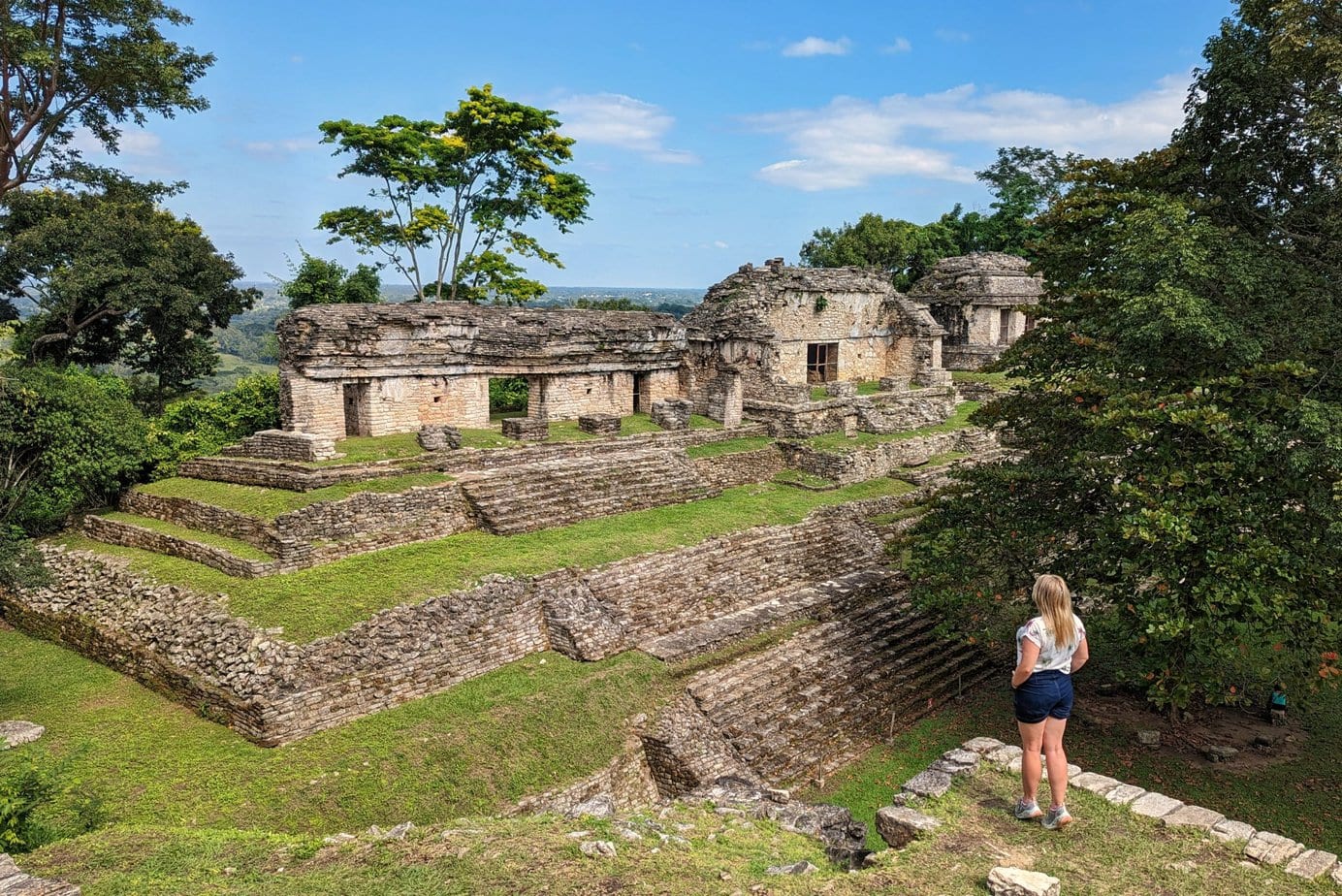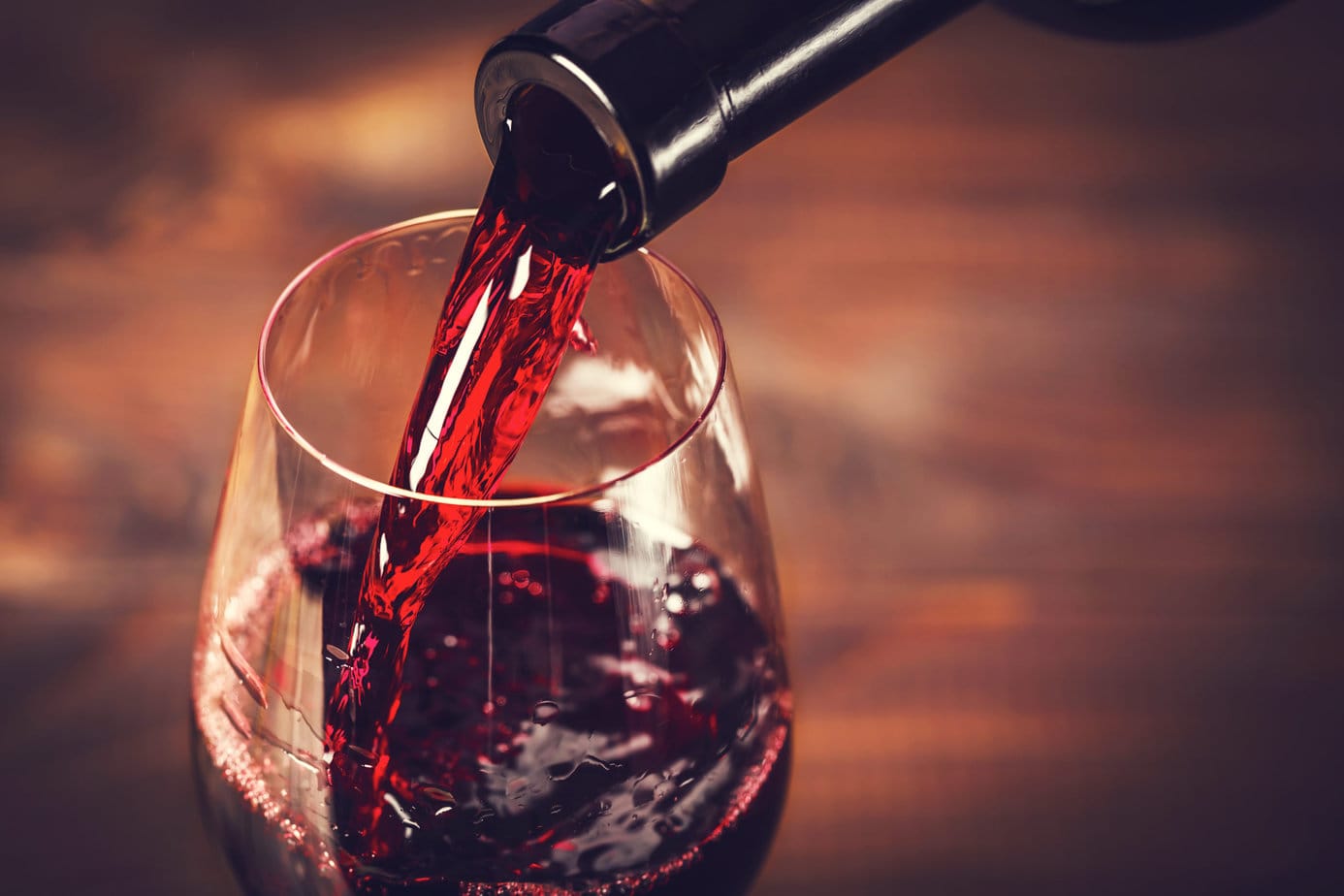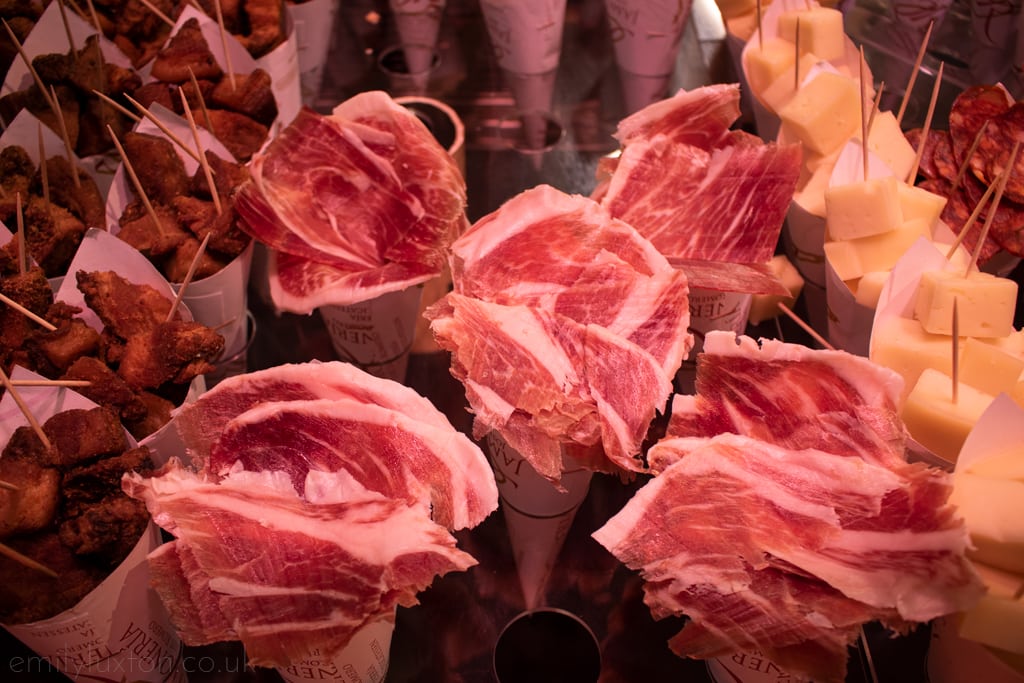Some posts on this site contain affiliate links. If you book or buy something through these links, I earn a small commission (at no extra cost to you). Take a look at my privacy policy for more information.
Tantalising, rare, and often rather pricey, the world of exotic coffees is a fascinating one. While the tried-and-trusted standards do the heavy lifting for coffee drinkers and caffeine junkies globally, today we are going to lift the covers and peek into the world of unforgettable rare coffee beans and brews. Coffee enthusiasts and connoisseurs take note!
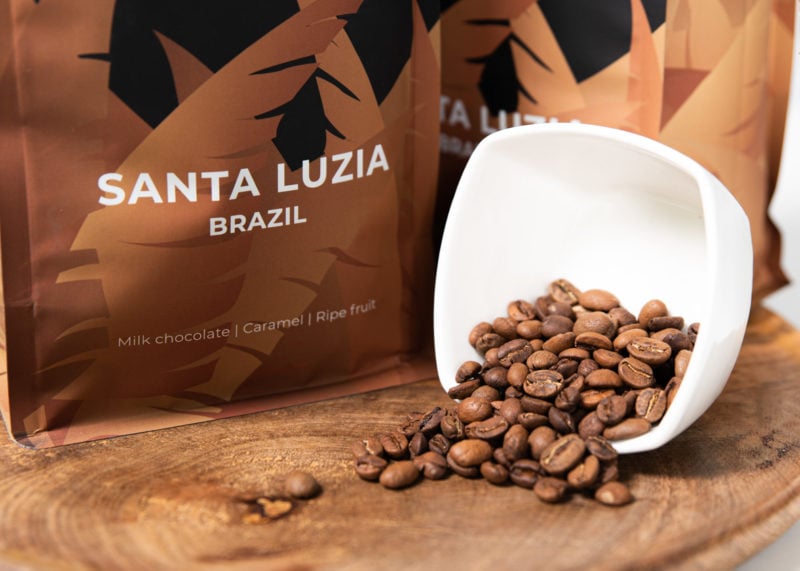
Photo: coffeefriend.co.uk
What Makes a Coffee Bean Rare or Exclusive?
The world is full of exciting and quality coffee. However, the so-called exotic coffee beans tend to be hard to find, sometimes from rarer species than Arabica or Robusta, and fantastic in taste, of course! Typically they have either tiny growth regions or limited harvests, or even speciality cultivation processes.
Some of the ultra-exotic coffees you see may seem gimmicky or weird, but that’s part of the fun. And several of the beans on our list today are treasures. Let’s dive into some of the world’s most exclusive coffee beans.
The World’s Best Known Rarity Coffee Bean
Kopi Luwak is, without a doubt, one of the most unusual coffees. It’s pricey, partly due to how it is processed (more on that in a moment). Yet after a bit of social media hype, it’s probably the rare coffee bean you are most likely to have heard of, too! Does ‘civet coffee’ ring a bell?
Yes, these are the coffee beans that infamously need a little help to… process… from the adorable Asian palm civet. Although they eat the flesh of the coffee cherry, their digestive system can’t break down the beans- but they do smooth out the acid balance of the beans for a beautiful cup.
Despite a rather off-putting production process, genuine Kopi Luwak has a delectable and distinctive taste and stunning aroma. Because of the recent surge in popularity, there are a lot of fakes, so choose a reliable coffee bean merchant and ask for proof of authenticity. Because there are wild animals involved, this is a good one to look for certified ethical sources, too- it’s better for the earth and makes a better cup of coffee.
Animal Assisted
Want a similar exotic coffee bean? Black Ivory Coffee is similar but passes through the helpful protein-busting digestive enzymes of Thai elephants. Meanwhile Jacu Bird coffee…well, you know the drill!
Charcoal Fired
The charcoal roasting technique used by Japanese Sumiyaki coffee leaves dark, tantalising and (of course) smokey profiles with a syrupy mouthfeel and balanced flavour. Japanese coffee is a rarity in itself due to non-ideal growing conditions- but the single-plantation (or rather island) Tokunoshima coffee is a rare and coveted exception.
Floral Bouquets
Moving away from our animal friends, there are some delectable and rare coffees with exquisite floral bouquets.
- Geisha/Gesha beans are cultivated in several areas, with Panama and Ethiopia being the most famous. Not only do they have an exquisite floral aroma, they pass through tasting stages rich in fruit and honey, something like a fine wine.
- Ethiopian Yirgacheffe beans have a jasmine and citrus profile.
- La Esmeralda blends bergamot and jasmine for a captivating cup. It’s a speciality-speciality coffee, as the beans are of the Geisha variety but it comes from one Hacienda in Panama and trees dating to 1890.
- St Helena Coffee, from the island of the same name, has a more complex profile with spicy hints, but also rich fruit undertones.
- Pacamara beans come from one plantation in El Salvador, bringing caramel, apricot, and floral tastes to the table.
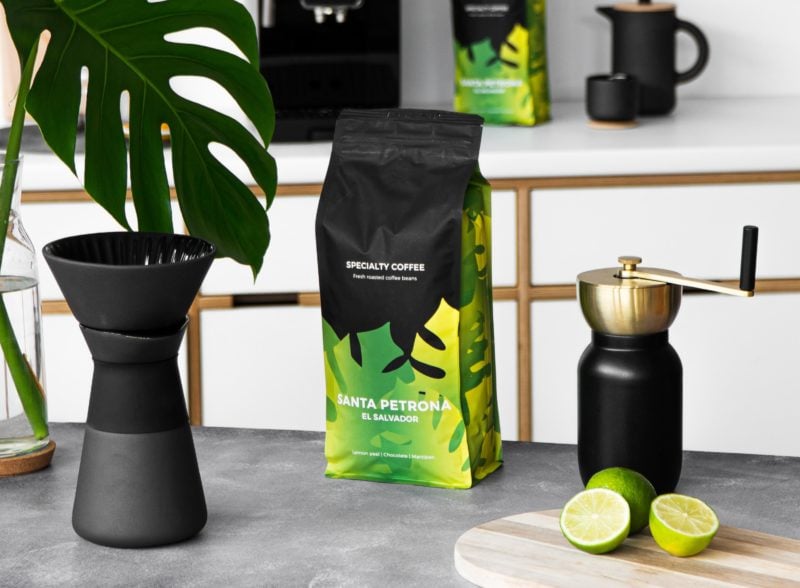
Photo: coffeefriend.co.uk
Help from Mother Nature
We’ve had animals and flowers, what’s next? Coffee beans develop their terroir (flavour profile) from the topography, climate, and soil they are grown in. Extreme terrains and weather can have a big impact on the cup- and sometimes make a work of art.
Jamaican Blue Mountain is a rich but mild coffee grown alongside avos and bananas. It’s an Arabica strain, but limited production and fantastic taste make it rare and sought after. Kona Coffee has a deep taste driven by the volcanic soils of its Hawai home. Meanwhile, Monsooned Malabar is an Indian coffee bean that starts life beaten by torrential rain winds, swelling the beans for a unique taste.
Special By Breeding
Last, but certainly not least, we have the beans that are show stoppers due to how they develop.
- Peaberry Coffees aren’t a specific varietal, they’re a mutation. Instead of two coffee beans per cherry, only one grows, giving each bean a complex, intense flavour.
- Kenya AA beans are beans with a specific set of characteristics. ‘A’ beans are larger than normal. ‘AA’ beans? Larger still and perfect. You’ll find a dizzying variety of tastes and flavours under this classification- but they will all be picture-perfect when brewed.
- Bourbon beans are not Robusta or Arabica, they’re either Bourbon Vermelho (Réunion ) or Bourbon Amarello (Brazil). Sweeter and easier to ripen, they have a wine-like acidity with an oddly sweet finish.
Whether you’re a seasoned coffee enthusiast or just beginning your journey, these exceptional beans are sure to be a delightful taste adventure.

